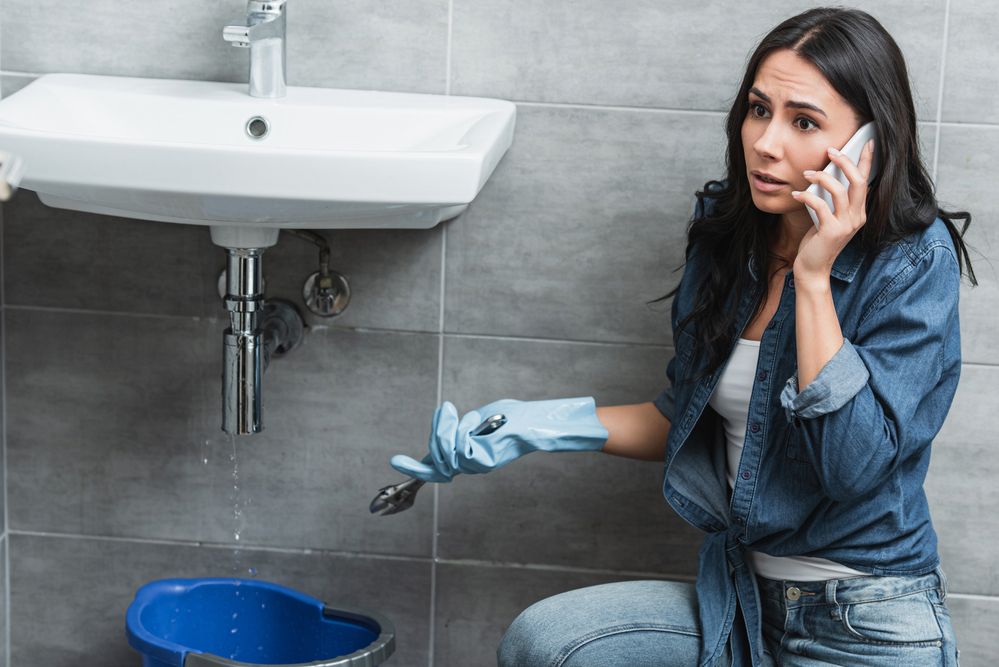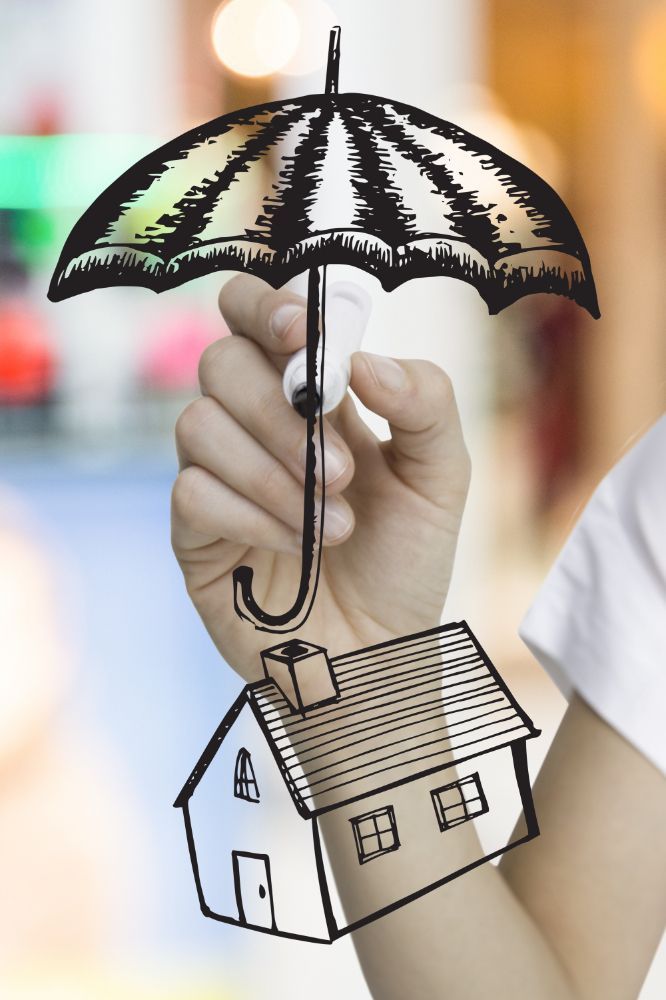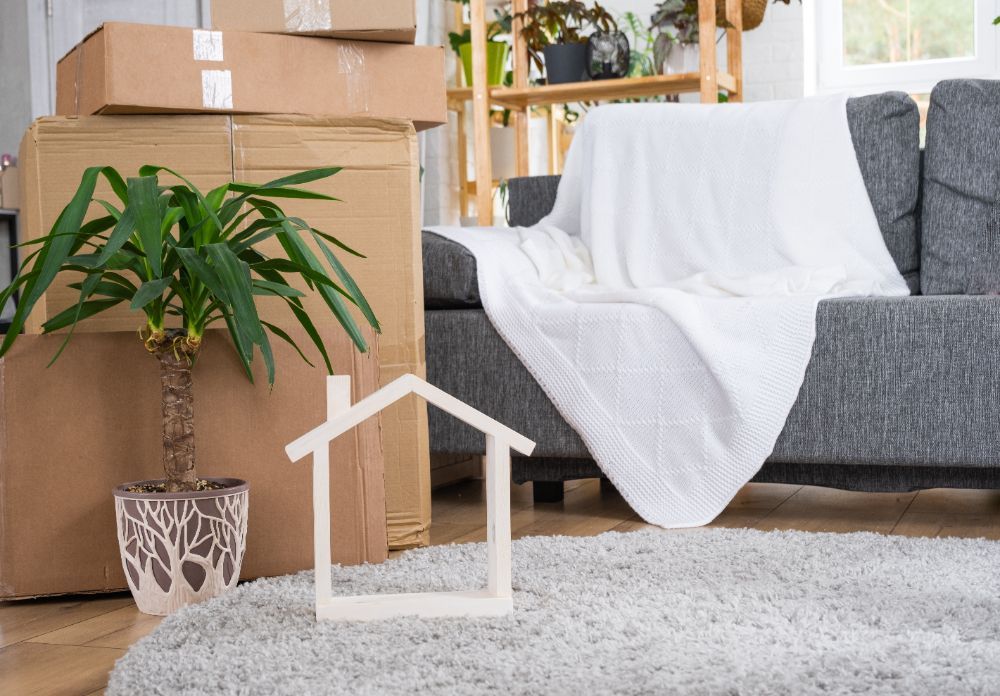Methods for Detecting a Water Leak
Methods for Detecting a Water Leak -Naples, FL

It is vital for a homeowner to understand how to detect water leaks in their home as soon as they occur in order to save money on their water bills. Understanding how to spot a leak, whether in the kitchen or bathroom or in the main water line, will save you gallon after gallon of water.
If no repairs are made, a faucet that appears to have only a minor drip could waste more than 1,000 gallons of water in a year. Rather than letting this happen, contacting a plumber for an inspection and repairs may be incredibly beneficial financially in the long term.
Water Meters
The water meter in the home is an efficient way to determine whether or not there is a leak. Looking at the meter and noting the current figures will reveal whether or not there is a leak. If you notice the starting number increasing 15-30 minutes after being turned off, you have a leak.
If the increase is minimal, the leak could be as simple as a dripping faucet or an inoperable toilet. If the increase is large within a short period of time, the issue may be with the home's cooling system or main water line.
Cooling Systems
A sophisticated house cooling system could be the source of a water leak. If water is regularly detected near a furnace or around basement ducting, the source of the problem could be a faulty refill valve that permits water to leak out of the cooling system and onto the floors or walls.
If the problem is a cooling system leak, a plumber will need to evaluate the system to determine whether it can be fixed or needs to be replaced.
Dripping Faucets
A dripping faucet in the kitchen, bathroom, basement, or garage is one of the quickest ways to raise your water bill. Repairing a leaky faucet should be a top priority because it can waste over 1,000 gallons of water each year if left to drip.
Do you require assistance with your insurance claim for a leak in your home? Contact All Service Adjuster right away!













